DIY Stenciled Wall Art for Eye-Catching Decor
Are you looking to transform your walls into stunning pieces of art without breaking the bank? DIY stenciled wall art is the perfect solution! This creative process not only allows you to express your personality but also adds a unique touch to your home decor. Imagine walking into a room and being greeted by vibrant colors and intricate designs that reflect your style. Sounds amazing, right? With just a few materials and some creativity, you can create eye-catching decor that will leave your guests in awe.
Stenciling is more than just a craft; it's a way to infuse your space with your own flair. Whether you prefer bold geometric patterns or delicate floral motifs, the possibilities are endless. The best part? You don’t need to be an artist to achieve stunning results. In fact, stenciling is one of the easiest ways to create professional-looking art. Just think of it as painting by numbers, but with a lot more freedom and creativity!
In this article, we will guide you through the entire process of creating your own stenciled wall art. From choosing the right stencils and materials to mastering techniques and exploring design ideas, we’ve got you covered. You’ll learn how to select stencils that fit your decor theme, gather all the necessary supplies, and apply paint like a pro. Plus, we’ll share some inspiring design ideas that will get your creative juices flowing!
So, whether you're a seasoned DIY enthusiast or a complete novice, grab your paintbrush and let’s dive into the world of stenciled wall art. Get ready to unleash your creativity and transform your living space into a stunning reflection of you!
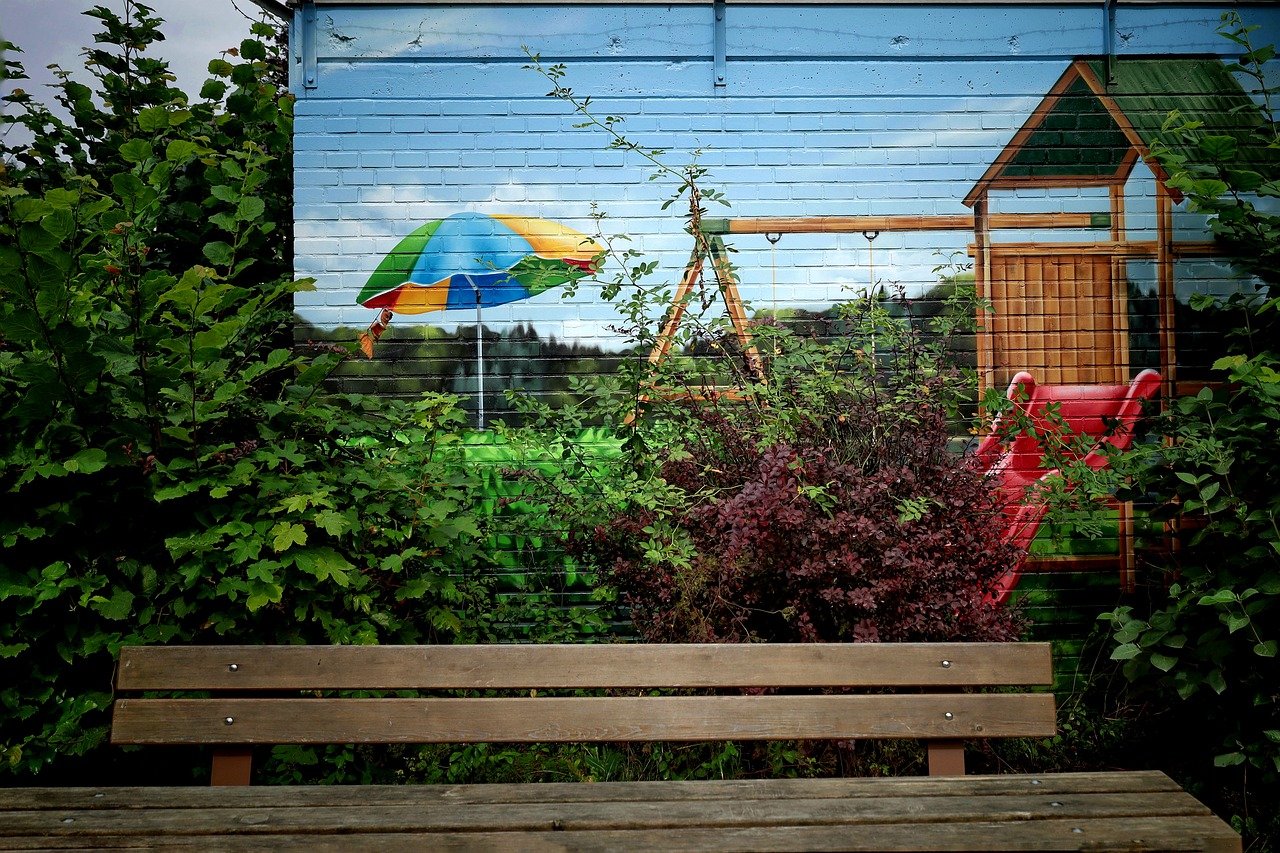
Choosing the Right Stencils
When it comes to creating stunning wall art, is crucial. The stencil you select can truly make or break your project, so it’s important to take your time and consider various factors. First, think about the style you want to achieve. Are you going for something elegant and classic, or perhaps a modern and edgy vibe? Different stencil designs can evoke different feelings, so it’s essential to align your choice with your overall decor theme.
Next, consider the size of the stencil in relation to the space you’re decorating. A large stencil can create a bold statement, while smaller stencils can be used for intricate details or accents. For example, if you're working on a large wall, a big floral stencil can fill the space beautifully, while smaller geometric stencils can be used to create a subtle border or pattern. Don't forget to think about the material of the stencil as well. Some materials are more durable and reusable, while others may be designed for single use. Plastic stencils are typically easy to clean and can be used multiple times, whereas paper stencils might be more affordable but less durable.
Another point to consider is the theme of your decor. If your home has a rustic charm, stencils featuring nature-inspired designs like leaves or trees might be perfect. On the other hand, if you’re leaning towards a contemporary look, geometric patterns or abstract designs could be the way to go. To help you visualize, here’s a quick comparison of stencil themes:
| Theme | Best For | Examples |
|---|---|---|
| Nature | Rustic or Bohemian Decor | Leaves, Flowers, Animals |
| Geometric | Modern or Minimalist Spaces | Squares, Triangles, Circles |
| Vintage | Classic or Retro Styles | Ornate Patterns, Filigree |
| Abstract | Eclectic or Artistic Environments | Swirls, Dots, Lines |
Don’t forget to think about the color scheme of your space as well. The colors you choose for your stencils should complement your existing decor. For instance, if your room features warm tones, consider stencils in similar hues or contrasting colors that still resonate with the overall palette. Ultimately, the right stencil should reflect your personal style and enhance the atmosphere of your home.
In summary, when choosing the right stencils, keep in mind the style, size, material, theme, and color scheme of your decor. By taking these factors into account, you’ll be well on your way to creating eye-catching wall art that truly transforms your space.
- What materials are best for making stencils? Plastic and mylar are durable options, while cardstock can be used for simpler projects.
- Can I use any type of paint with stencils? While most paints work, acrylics are often preferred due to their vibrant colors and quick drying time.
- How can I ensure my stencil doesn’t bleed? Use a light hand when applying paint and consider using painter’s tape to secure the stencil in place.

Materials Needed for Stenciling
Before diving into the world of stenciling, it's essential to gather all the necessary materials to ensure a smooth and enjoyable experience. Think of it like preparing for a big adventure; you wouldn't want to set off without the right gear, right? So, let’s break down what you need to create your stunning stenciled wall art.
First and foremost, you'll need stencils. These can be purchased or handmade, depending on your creativity and budget. The right stencil can set the tone for your entire piece, so choose designs that resonate with your personal style. Along with stencils, having a variety of paints is crucial. You might opt for acrylics for their vibrant colors and quick drying time, or perhaps spray paints for a smooth finish. Each type of paint brings its own flair to your artwork, so consider experimenting with both!
In addition to stencils and paints, you’ll need a few tools to help you along the way. Here’s a quick rundown of what to gather:
- Paintbrushes: A variety of sizes will allow for different detailing and coverage.
- Rollers: These can be useful for larger areas and can help achieve a more uniform look.
- Masking Tape: This is your best friend for keeping your stencils in place and preventing paint bleed.
- Sponges: Great for adding texture and blending colors seamlessly.
- Palette or Mixing Tray: Essential for mixing your paints to achieve the perfect shades.
Next, don't forget about protective gear. A simple apron or old clothes will save you from paint splatters, and wearing gloves can protect your hands from both paint and any chemicals in the products you use. Additionally, having some drop cloths or newspapers on the floor will help keep your workspace clean—because let’s be honest, nobody enjoys cleaning up a paint mess!
Lastly, consider having some sealant on hand. Once your masterpiece is complete and dried, applying a sealant can help protect your artwork from wear and tear, ensuring that it remains as vibrant as the day you created it. Sealants also provide a nice finish, whether you prefer a matte or glossy look.
In summary, gathering the right materials is the first step toward your stenciling success. Think of it as laying the foundation for a beautiful home; without solid materials, your art might not stand the test of time. So, stock up on your stencils, paints, tools, and protective gear, and get ready to unleash your creativity!
Q: Can I use any type of paint for stenciling?
A: While you can technically use any paint, acrylic and spray paints are recommended for their ease of use and vibrant colors. Always check the label to ensure compatibility with your surface.
Q: How do I prevent paint bleed under the stencil?
A: Using masking tape to secure the stencil and applying paint with a light hand can help minimize bleed. Additionally, consider using a sponge or roller for more control.
Q: What surfaces can I stencil on?
A: Stenciling can be done on various surfaces, including walls, canvas, wood, and even fabric. Just ensure that the surface is clean and primed if necessary.
Q: How do I clean my stencils after use?
A: Clean your stencils immediately after use with warm soapy water. For stubborn paint, a gentle scrub with a sponge can help restore them to their original condition.
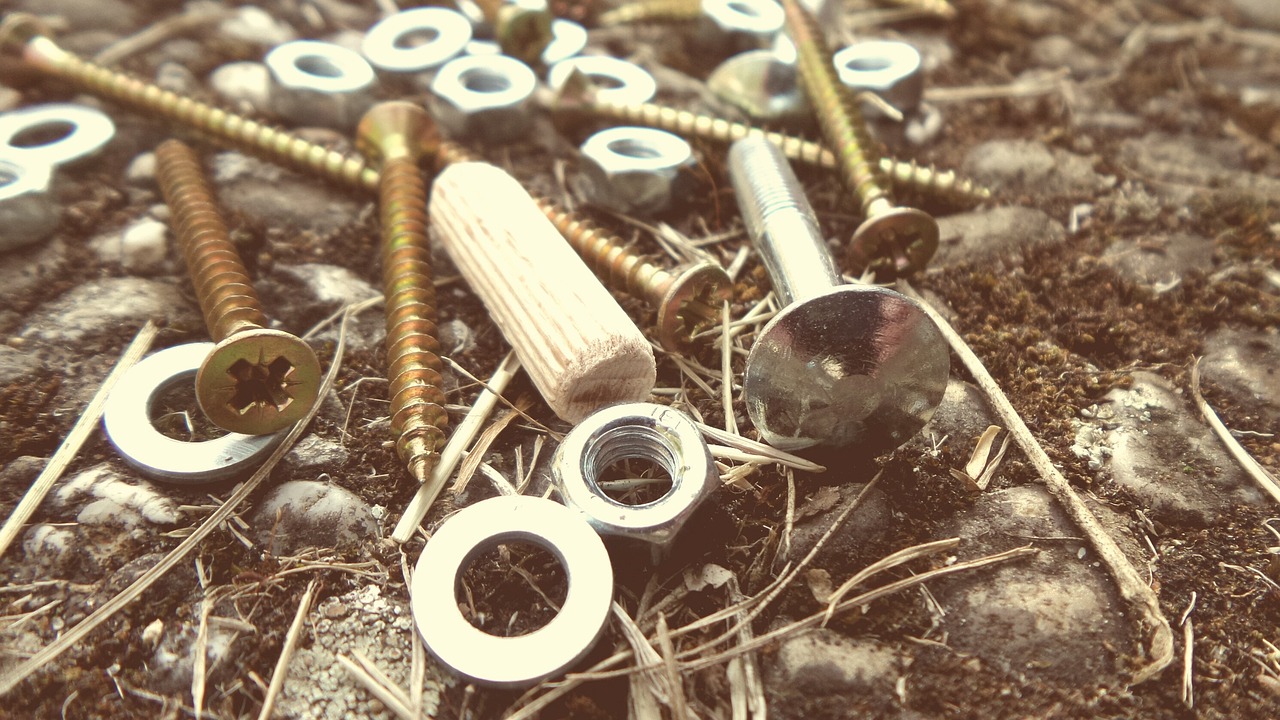
Types of Paints to Use
When it comes to creating stunning stenciled wall art, the type of paint you choose can make all the difference. Not only does it affect the overall look of your artwork, but it also determines its durability and ease of application. So, what are the best paint options for stenciling? Let’s dive into the world of paints and uncover the best choices for your DIY project.
First up, we have Acrylic Paint. This is a favorite among DIY enthusiasts for its versatility and vibrant colors. Acrylic paint dries quickly, making it ideal for layering techniques where you want to apply multiple colors without waiting too long. Additionally, it’s water-based, which means cleanup is a breeze! Just soap and water will do the trick. However, it’s important to note that while acrylic paint is great for indoor projects, it may not hold up as well in outdoor settings unless you use a sealer.
Next, let’s talk about Spray Paint. This option can give your stenciled art a smooth and even finish that’s hard to achieve with a brush. Spray paint is fantastic for larger projects or when you want to cover a big area quickly. However, it requires a bit more finesse. You need to be cautious about overspray and ensure you’re working in a well-ventilated area. If you’re using spray paint, consider practicing on a scrap piece of material to get a feel for the spray pattern and pressure.
For those who are environmentally conscious, Eco-Friendly Paints are a fantastic option. These paints are made from natural materials and are free from harmful chemicals, making them safer for your home and the planet. Brands are increasingly offering eco-friendly alternatives that don’t compromise on color or quality. When selecting eco-friendly paints, look for labels that indicate low VOC (Volatile Organic Compounds) levels, ensuring better air quality in your space.
To help you compare these options, here’s a quick table summarizing the key features:
| Type of Paint | Pros | Cons |
|---|---|---|
| Acrylic Paint | Vibrant colors, quick-drying, easy cleanup | Less durable outdoors |
| Spray Paint | Smooth finish, great for large areas | Overspray risk, requires ventilation |
| Eco-Friendly Paints | Safe for home and environment, low VOC | Can be more expensive |
In conclusion, the type of paint you choose for your stenciled wall art will greatly influence the outcome of your project. Whether you opt for the vibrant hues of acrylic, the smooth finish of spray paint, or the environmentally friendly options, each has its unique advantages. So, consider your project’s needs, your personal style, and the atmosphere you want to create. With the right paint in hand, you’re well on your way to transforming your walls into a stunning canvas of creativity!
- What is the best type of paint for stenciling? Acrylic paint is often recommended for its vibrant colors and quick drying time.
- Can I use regular spray paint for stenciling? Yes, but be cautious of overspray and ensure proper ventilation.
- Are eco-friendly paints as good as traditional paints? Yes, many eco-friendly paints offer excellent quality and color without harmful chemicals.
- How do I clean up after using acrylic paint? Since acrylic paint is water-based, you can clean your brushes and tools with soap and water.
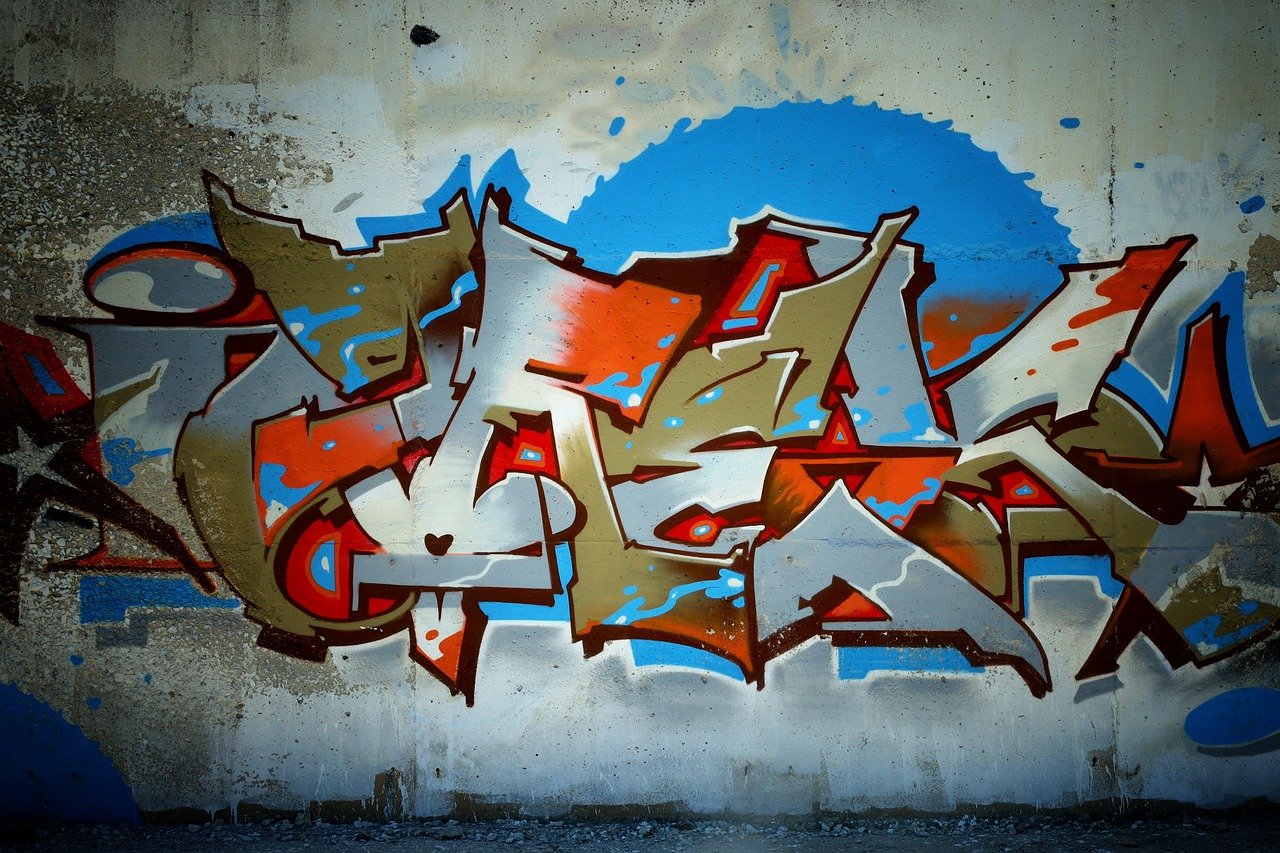
Acrylic vs. Spray Paint
When it comes to choosing the right paint for your stenciled wall art, the debate often boils down to Acrylic versus Spray Paint. Each type of paint has its own set of advantages and disadvantages, making the decision a bit tricky, but don't worry! Let's break it down.
Acrylic paint is a popular choice among DIY enthusiasts for several reasons. First off, it offers a rich, vibrant color that can really make your designs pop. One of the significant advantages of acrylic is its versatility. You can use it on various surfaces, including canvas, wood, and even fabric. Plus, acrylic paint dries quickly, allowing you to layer colors without waiting too long. This quick-drying feature is a game-changer for those looking to complete their projects in one go!
On the other hand, spray paint provides a different experience altogether. It’s fantastic for achieving a smooth, even coat, especially on larger surfaces. If you're aiming for a more modern and sleek finish, spray paint might just be your best friend. However, it does come with its own challenges. For instance, controlling the amount of paint can be tricky, and overspray can lead to messes that are hard to clean up. Additionally, spray paint often requires more ventilation, as the fumes can be quite strong.
To help you visualize the differences, here's a quick comparison:
| Feature | Acrylic Paint | Spray Paint |
|---|---|---|
| Finish | Rich, vibrant, and customizable | Smooth and even |
| Application | Brush or sponge | Spray can |
| Drying Time | Quick | Varies, but often quick |
| Control | High | Moderate to low |
| Ventilation Required | No | Yes |
Ultimately, the choice between acrylic and spray paint depends on your specific project needs and personal preferences. If you’re looking for precision and a hands-on approach, acrylic might be the way to go. But if you want to cover a large area quickly and effortlessly, spray paint could be your best option. So ask yourself: What kind of look do you want to achieve? What’s your comfort level with each application method? The answers will guide you toward the right choice for your DIY stenciled wall art!
- Can I use both acrylic and spray paint in one project? Yes, many artists combine both types for unique effects. Just ensure proper drying time between applications.
- Is spray paint safe for indoor use? Always check the label. Some spray paints are designed for indoor use, but proper ventilation is still crucial.
- How do I clean up after using acrylic or spray paint? For acrylic, soap and water are usually sufficient. For spray paint, you may need solvents and should clean up immediately to avoid stains.
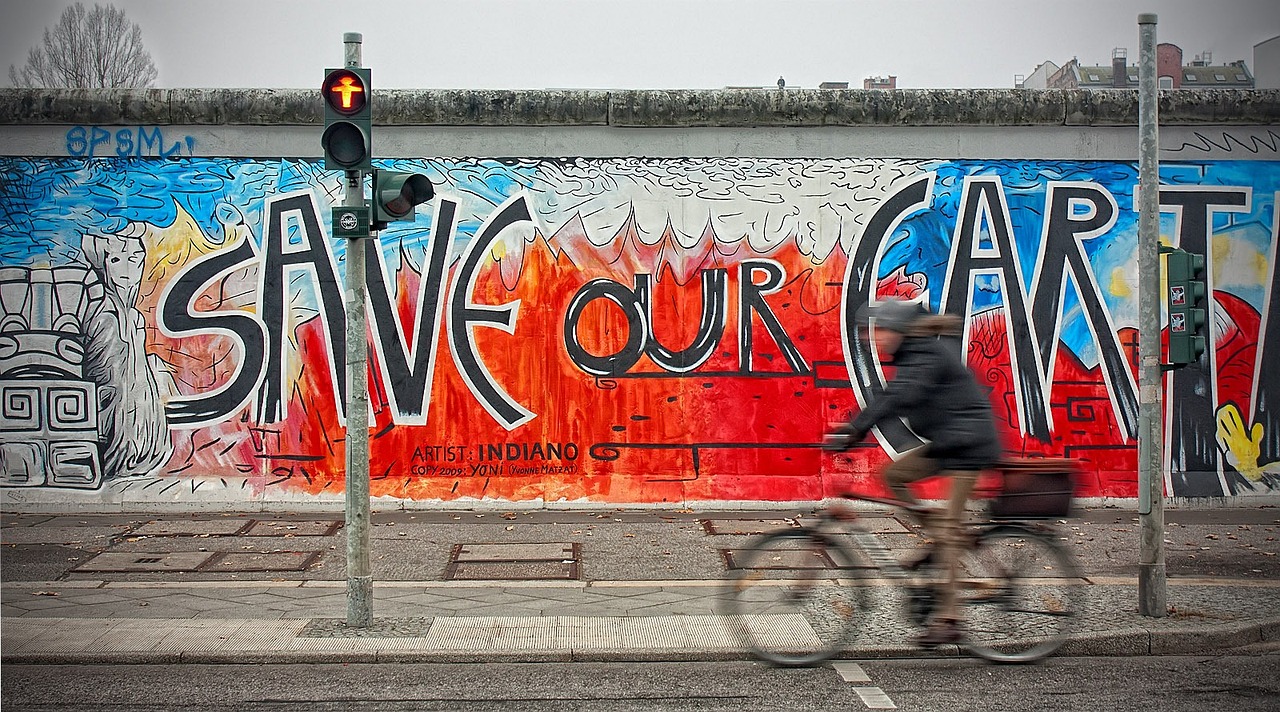
Eco-Friendly Paint Options
When it comes to decorating your home, choosing the right paint is crucial, not just for aesthetics but also for the environment. Eco-friendly paints are a fantastic option for those who want to beautify their spaces while being mindful of their ecological footprint. These paints are made from natural ingredients, which means they are less harmful to both your health and the planet. Imagine transforming your walls into a canvas of creativity without the guilt of contributing to pollution or using toxic substances. Isn't that a win-win?
There are several types of eco-friendly paints available in the market today. For instance, low-VOC (volatile organic compounds) paints are a popular choice. They emit fewer harmful fumes compared to traditional paints, making them a safer alternative for indoor use. These paints come in a variety of colors and finishes, allowing you to express your style without compromising on safety. Additionally, there are natural paints made from ingredients like clay, chalk, and plant oils. These paints not only provide a unique texture but also contribute to a healthier indoor environment.
Another option worth considering is milk paint, which is a non-toxic, biodegradable paint made from milk protein, lime, and natural pigments. This type of paint is perfect for achieving a rustic or vintage look and is often used on furniture and walls alike. Plus, it’s easy to mix and can be customized to your desired color.
To help you understand the benefits of eco-friendly paints better, here’s a quick comparison:
| Type of Paint | Key Features | Best For |
|---|---|---|
| Low-VOC Paints | Fewer harmful fumes, wide color selection | Indoor applications |
| Natural Paints | Made from natural ingredients, unique textures | Eco-conscious decorators |
| Milk Paint | Non-toxic, biodegradable, rustic finish | Furniture and vintage looks |
In addition to these options, many brands now offer eco-friendly paint choices that include recycled materials and sustainable production processes. When shopping for paint, look for certifications like Green Seal or EcoLogo, which indicate that the product meets specific environmental standards. By choosing eco-friendly paint, you’re not just enhancing your home’s beauty; you’re also making a positive impact on the environment. So, why not go green with your decor? Your walls will thank you!
- What are eco-friendly paints made of? Eco-friendly paints are typically made from natural ingredients, such as plant oils, clay, and minerals, which minimize harmful emissions.
- Are eco-friendly paints more expensive? While some eco-friendly paints may have a higher upfront cost, their long-term benefits, such as improved indoor air quality, often outweigh the initial expense.
- Can I use eco-friendly paint on any surface? Yes, most eco-friendly paints are versatile and can be used on various surfaces, including walls, furniture, and crafts.
- How do I ensure my paint is truly eco-friendly? Look for certifications like Green Seal or EcoLogo, which indicate that the paint meets specific environmental standards.
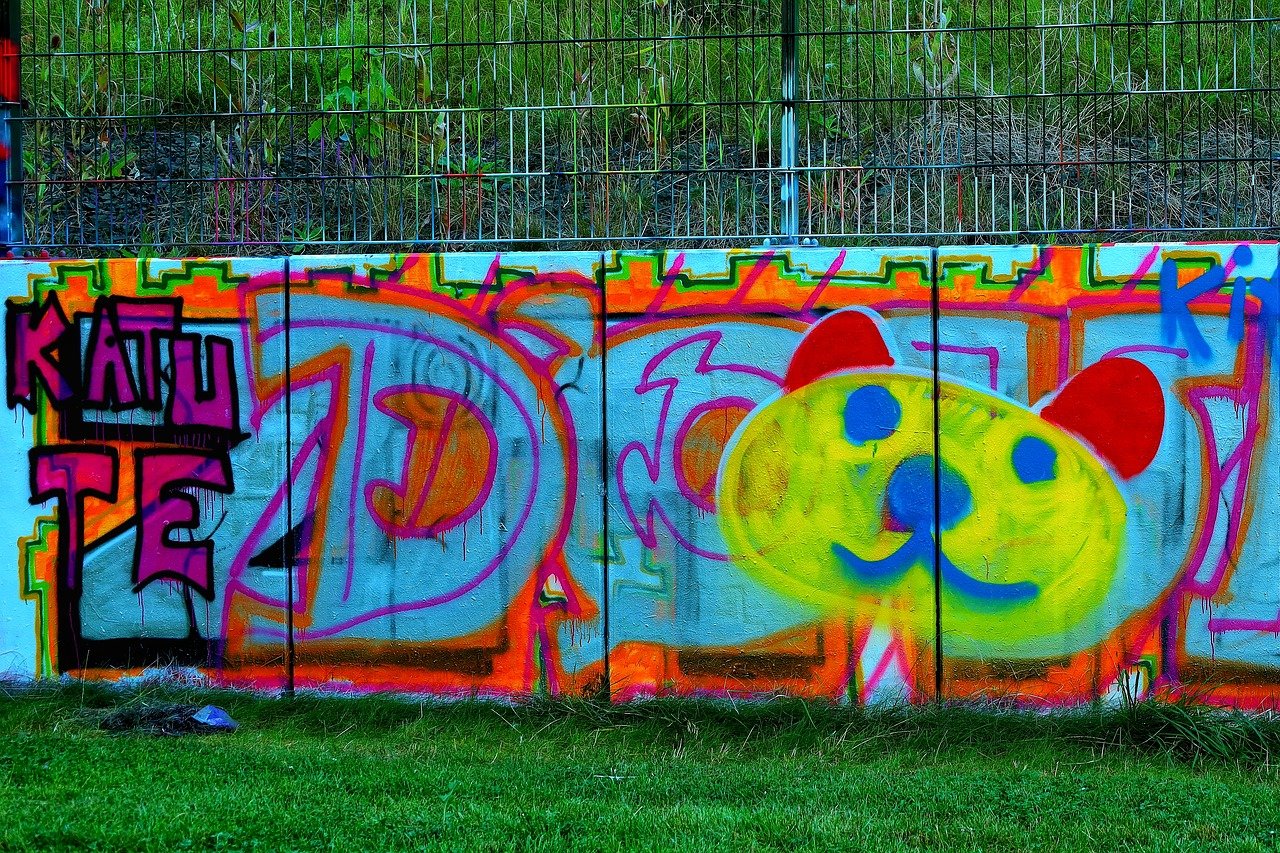
Tools and Supplies
When it comes to creating stunning stenciled wall art, having the right is absolutely essential. Think of it like preparing for a big adventure; you wouldn’t set off without the right gear, right? So, let’s make sure you’re fully equipped to embark on your DIY journey. Here’s a rundown of what you’ll need to ensure your stenciling project goes off without a hitch.
First up, you’ll need a good quality stencil. This is your map, guiding you to the beautiful art you’re about to create. Stencils come in various materials, such as plastic, cardboard, or even metal. Each type has its own benefits, so choose one that aligns with your vision. For example, plastic stencils are durable and reusable, while cardboard stencils are often more affordable but may not hold up as well over time.
Next, let’s talk about paints. You’ll want to select paints that not only look good but also adhere well to your wall surface. Acrylic paints are a popular choice due to their versatility and vibrant colors. However, if you’re looking for something with a bit more flair, consider using spray paints. They can cover large areas quickly and provide a smooth finish. Just remember to work in a well-ventilated area when using spray paint!
Now, onto the tools that will make your stenciling experience smooth and enjoyable. Here’s a quick list of must-haves:
- Stencil brush or sponge: These tools are perfect for applying paint evenly without smudging your design.
- Painter’s tape: Use this to secure your stencil in place, ensuring it doesn’t shift while you paint.
- Palette or paper plates: Great for mixing paints and controlling your paint application.
- Drop cloths: Protect your floors and furniture from paint splatters.
- Ruler and pencil: Useful for measuring and marking where you want your stencil to go.
Finally, don’t forget about cleaning supplies! A damp cloth can help you quickly wipe away any excess paint, and having some water on hand will help you clean your brushes and stencils between colors. Remember, a clean workspace is a happy workspace!
With these tools and supplies in hand, you’re ready to dive into the world of stenciling. Just like a chef needs their knives, you need your stenciling kit to whip up some amazing wall art. So gather your materials, unleash your creativity, and watch your walls transform into a stunning reflection of your personal style!
Q: Can I use any type of paint for stenciling?
A: While you can technically use any paint, it’s best to opt for acrylic or spray paint for the best results. These types adhere well and provide vibrant colors.
Q: How do I prevent paint from bleeding under the stencil?
A: To prevent bleeding, ensure your stencil is securely taped down and use a light hand when applying paint. You can also dab your brush or sponge instead of brushing it on.
Q: How do I clean my stencils after use?
A: Clean your stencils with warm soapy water immediately after use to prevent paint from drying on them. For stubborn paint, a gentle scrub with a soft brush can help.
Q: Can I reuse my stencils?
A: Absolutely! If you use durable materials like plastic, you can reuse your stencils multiple times, making them a great investment for future projects.
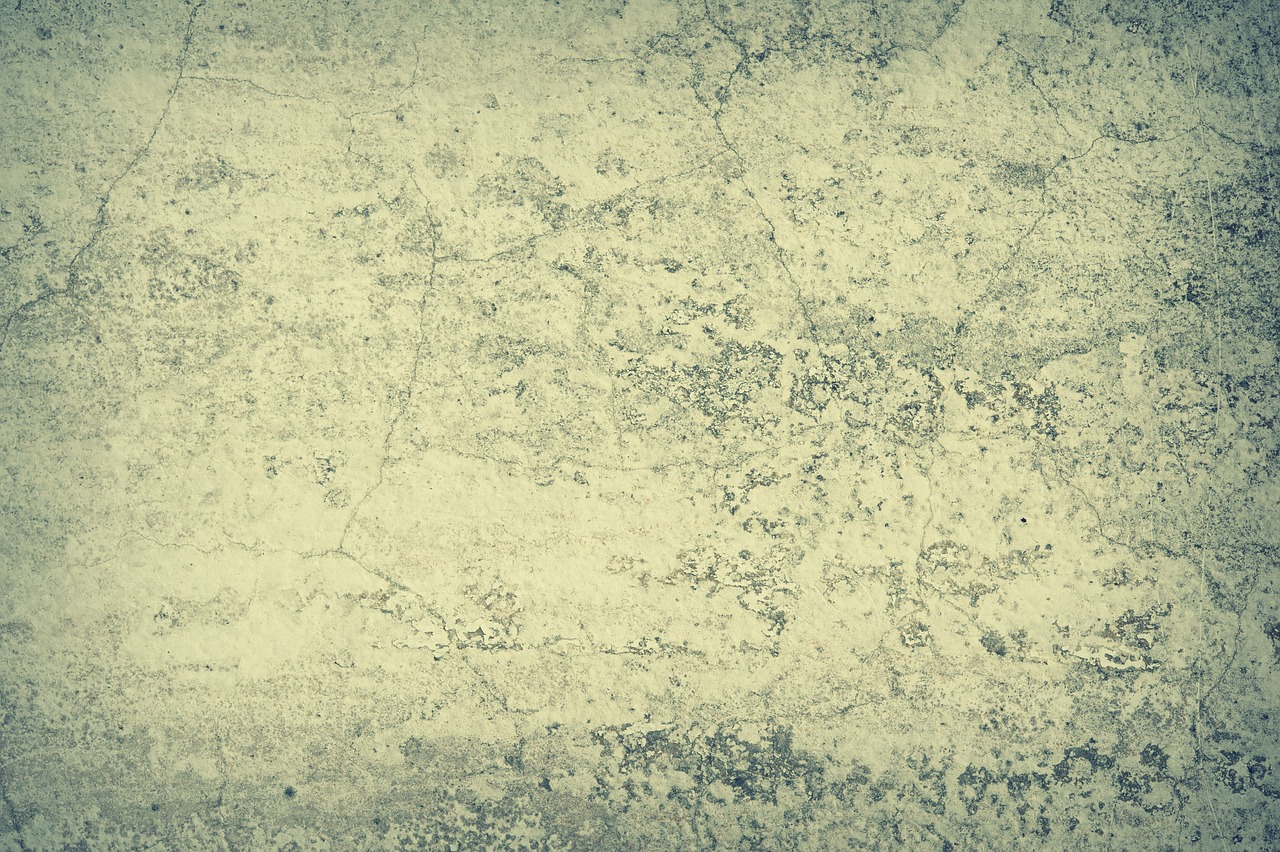
Techniques for Stenciling
Mastering the art of stenciling can elevate your DIY wall art from simple to stunning. It’s all about technique! The way you apply paint, the tools you choose, and even the layering of colors can drastically affect the outcome of your project. Let’s dive into some effective techniques that will help you achieve those professional-looking results that will leave your friends and family in awe.
One of the first decisions you'll make is whether to use a brush or a roller for your stenciling project. Each has its own set of advantages and disadvantages. Brushes allow for more control and detail, making them ideal for intricate designs. You can easily manipulate the bristles to get into those tiny spaces and create beautiful textures. On the other hand, rollers can cover larger areas more quickly and evenly, which is perfect if you’re working on a big wall or want a solid color background. Consider the design you’re working with and choose the tool that best fits your needs.
Another crucial technique is the layering of colors. This can add depth and richness to your artwork. Imagine painting a serene landscape where the sky transitions from a soft blue to a vibrant orange at sunset. To achieve this effect, start by applying your base color and allow it to dry completely. Then, using a lighter or darker shade, gently dab your brush or roller over the stencil. This technique creates a stunning gradient that can transform your wall art into a captivating focal point. Just remember, less is more! It’s easier to add more paint than to take it away.
When it comes to the application of paint, using a stippling technique can also enhance your stenciling. Instead of sweeping the brush or roller, try dabbing it up and down. This method helps prevent paint from bleeding under the stencil, ensuring clean lines and crisp edges. If you notice any excess paint pooling on the stencil, gently wipe it away with a paper towel before lifting the stencil off the wall. This attention to detail can make a world of difference in the final product.
Now, let’s talk about preparation! Before you even start painting, it’s essential to prepare your wall and stencil properly. Make sure the wall is clean and free of dust. A little bit of painter's tape can go a long way in securing your stencil in place. This will help prevent any slipping while you’re painting, which can ruin your design. Additionally, if you're working with a particularly intricate stencil, consider using a spray adhesive to keep it firmly adhered to the wall. This extra step can save you a lot of headaches later on.
Finally, consider incorporating a variety of textures into your designs. You can achieve this by using different types of paints, such as matte, glossy, or metallic finishes. Each paint type can offer a unique look and feel, adding layers of interest to your wall art. For instance, a metallic paint can catch the light beautifully, creating a shimmering effect that draws the eye. Don’t be afraid to experiment with different finishes and techniques to find what resonates with your personal style.
Q: Can I use any type of paint for stenciling?
A: While you can use various types of paint, acrylic and spray paint are the most commonly recommended for stenciling due to their adherence and finish. Always test a small area first!
Q: How do I prevent paint from bleeding under the stencil?
A: To avoid bleeding, use a stippling technique and ensure that you don’t overload your brush or roller with paint. Securing your stencil with painter's tape can also help.
Q: Can I reuse my stencils?
A: Absolutely! Just clean them thoroughly after each use to remove any paint residue. This will help maintain their shape and integrity for future projects.
Q: What surfaces can I stencil on?
A: You can stencil on a variety of surfaces, including walls, furniture, canvas, and even fabric. Just make sure the surface is clean and suitable for the type of paint you’re using.

Using a Brush vs. a Roller
When it comes to stenciling, the choice between using a brush or a roller can significantly impact the outcome of your artwork. Each tool has its own set of advantages and disadvantages, and understanding these can help you make the best decision for your project. Brushes are fantastic for detailed work, allowing you to get into the nooks and crannies of your stencil. Their precision is unmatched, making them ideal for intricate designs where every detail matters. However, they can also lead to brush strokes if you're not careful, which may not be the desired effect for your wall art.
On the other hand, rollers are perfect for covering larger areas quickly and evenly. They can create a smooth finish that is often more difficult to achieve with a brush. This is especially beneficial when working with larger stencils or when you want to create a more uniform look across your wall. However, the downside is that rollers might not capture all the fine details of your stencil, and you could end up with a less defined edge. It’s a bit like painting a masterpiece: sometimes you need the fine-tipped brush for the details, and other times, the broad strokes of a roller can create a stunning backdrop.
Ultimately, the choice comes down to your specific project needs. If you're working on a detailed design, a brush may be the way to go. But if you're looking to cover a large area quickly or create a bold statement, a roller can be your best friend. To help you decide, here’s a quick comparison:
| Feature | Brush | Roller |
|---|---|---|
| Detailing | High precision for intricate designs | Less precision, better for large areas |
| Speed | Slower application | Fast coverage |
| Finish | Can leave brush strokes | Smooth and even finish |
| Ease of Use | Requires more skill | Generally easier for beginners |
In conclusion, whether you choose a brush or a roller, each has its own unique benefits that can enhance your stenciling experience. So why not experiment with both? You might find that a combination of techniques yields the most stunning results for your DIY stenciled wall art!
1. Can I use both a brush and a roller for stenciling?
Absolutely! Many artists find that using both tools can help them achieve the best results. You can use a brush for the detailed areas and a roller for the larger spaces.
2. What type of brush is best for stenciling?
A stencil brush, which has stiff bristles, is often recommended for stenciling as it helps to create a crisp edge. However, you can also use a foam brush for smoother applications.
3. How do I avoid bleeding under the stencil?
To prevent paint from bleeding, make sure to use a dry brush technique and apply the paint sparingly. You can also use painter's tape to secure the edges of the stencil.
4. What is the best paint for stenciling?
Acrylic paint is a popular choice due to its quick drying time and versatility. However, if you're looking for a more vibrant finish, consider using spray paint.
5. Can I use stencils on fabric?
Yes, you can use stencils on fabric! Just make sure to use fabric paint and set the paint according to the manufacturer's instructions to ensure durability.

Layering Colors for Depth
When it comes to stenciling, one of the most effective techniques for creating eye-catching wall art is layering colors. This method not only adds depth to your designs but also creates a sense of movement and intrigue. Imagine your wall art as a vibrant landscape; just as nature is composed of various shades and hues, your stenciled art can benefit from the same principle. By layering different colors, you can transform a simple stencil into a stunning focal point that captivates anyone who enters the room.
To successfully layer colors, start with a solid base coat. This initial layer sets the tone for your artwork and can be any color that complements your decor. Once the base is dry, it's time to add your first layer of stenciling. Use a contrasting or complementary color to create a striking effect. For instance, if your base is a soft beige, a deep teal or rich burgundy can provide a beautiful contrast that makes the design pop.
As you apply each new layer, consider the following tips for achieving the best results:
- Choose a variety of shades: Select multiple shades of the same color to create depth. For example, using light blue, medium blue, and dark navy can give your art a rich, layered appearance.
- Blend colors: While applying your paint, you can blend colors at the edges of your stencil to create a gradient effect. This technique adds a soft transition between colors, enhancing the overall look.
- Experiment with transparency: Using transparent paints or mixing a bit of water with your acrylics can allow the base color to show through slightly, adding an ethereal quality to your art.
Another exciting way to layer colors is through the use of stencil masks. After applying your first stencil design, place a mask over it, then apply another color. This technique creates a unique overlapping effect that can be both visually striking and artistic. Think of it as creating a multi-dimensional painting on your wall, where each layer tells a different part of the story.
Don't forget to step back and assess your work as you go. Sometimes, less is more, and it’s easy to get carried away with colors. A good rule of thumb is to limit yourself to three to four colors in any one piece. This will ensure that your design remains cohesive and doesn’t overwhelm the viewer.
In conclusion, layering colors is not just about slapping on paint; it’s about creating a dialogue between shades, hues, and tones. When done correctly, it can elevate your stenciled wall art from ordinary to extraordinary, turning your home into a gallery of your own making. So grab your brushes, mix those colors, and let your creativity flow!
- What type of paint is best for layering colors? Acrylic paints are highly recommended for their versatility and quick drying time, allowing you to layer without long waits in between.
- Can I use spray paint for layering? Yes, but be cautious as spray paint can create a more opaque finish. It's best to practice on a sample surface first.
- How do I fix mistakes when layering? If you make a mistake, allow the paint to dry and then gently sand the area before applying a new layer. Alternatively, you can paint over it with the base color and start again.
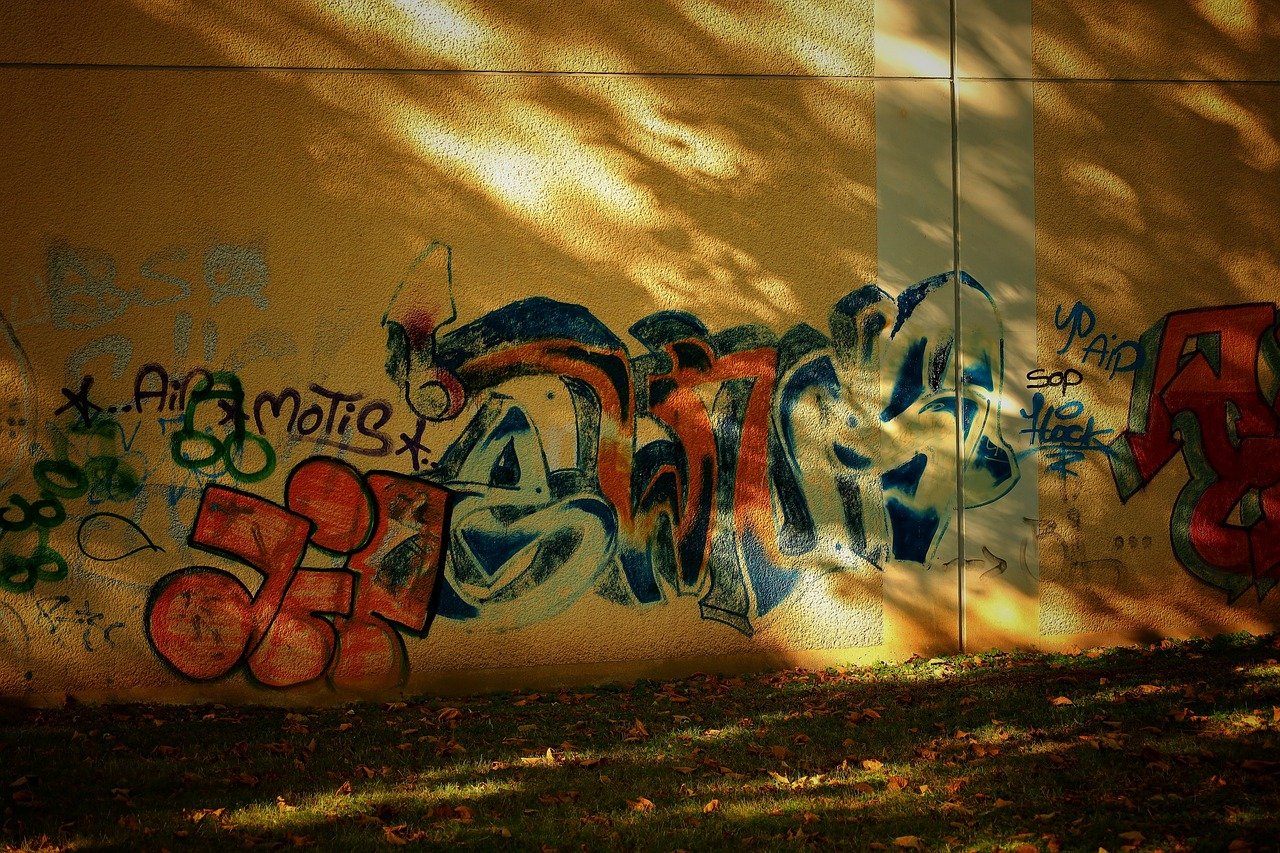
Design Ideas for Your Space
Once you've honed your stenciling skills, it's time to unleash your creativity and transform your walls into stunning works of art. Stenciled wall art is not just a way to decorate; it’s a means to express your personality and style. Whether you’re aiming for a cozy, rustic feel or a sleek, modern vibe, the right design can make all the difference. Let's dive into some exciting design ideas that can help you personalize your decor and make a statement in your home.
One fantastic direction to consider is nature-inspired designs. These motifs can bring a sense of tranquility and beauty to your space. Imagine a wall adorned with delicate leaves, vibrant flowers, or graceful animals. Such designs can create a serene atmosphere, reminiscent of a peaceful garden or a lush forest. You might even think about using a combination of various nature motifs to create a cohesive theme throughout a room. For instance, a living room could feature stenciled trees on one wall and soft floral patterns on another, tying the space together beautifully.
On the flip side, if you're leaning towards a more contemporary aesthetic, geometric patterns could be your go-to. Bold shapes and lines can add a striking modern touch to any room. Picture a feature wall with large triangles in contrasting colors or a series of overlapping circles that draw the eye. These designs can be particularly effective in spaces like home offices or dining areas, where you want to inspire creativity and conversation. You can even play with the scale of the patterns—large stencils for a dramatic impact or smaller ones for a subtle texture.
Another exciting idea is to incorporate themed stencils that resonate with your interests or hobbies. For instance, if you love music, consider stenciling musical notes or instruments on a wall in your music room. If travel is your passion, world maps or famous landmarks could serve as stunning focal points in your living area. The possibilities are endless, and the best part is that you can customize these designs to reflect your personal journey, making your space truly unique.
To give you an idea of how to mix and match these styles, here's a simple table that showcases different stencil themes and their ideal room placements:
| Stencil Theme | Ideal Room Placement | Color Suggestions |
|---|---|---|
| Nature-Inspired | Living Room, Bedroom | Earthy Greens, Soft Pastels |
| Geometric Patterns | Home Office, Dining Room | Bold Primaries, Monochrome |
| Themed Stencils | Hobby Rooms, Kids' Rooms | Vibrant Colors, Custom Palettes |
As you embark on this creative journey, remember that the key to successful stenciling lies in planning. Take the time to visualize how different designs will interact with your existing decor. You might even want to sketch out your ideas or use design software to see how they’ll look in your space. Don’t hesitate to experiment with color combinations and placements until you find the perfect fit. After all, your home should be a reflection of you, filled with art that sparks joy and inspiration.
Q: What type of paint should I use for stenciling?
A: Acrylic paint is generally preferred for stenciling due to its quick-drying properties and vibrant colors. However, spray paint can also work well for larger designs.
Q: Can I use stencils on textured walls?
A: Yes, you can use stencils on textured walls, but it may require a bit more patience and technique to ensure the paint adheres properly to the uneven surfaces.
Q: How do I clean my stencils after use?
A: Clean your stencils immediately after use with warm soapy water. If paint dries on them, you may need to soak them for a bit before scrubbing gently.
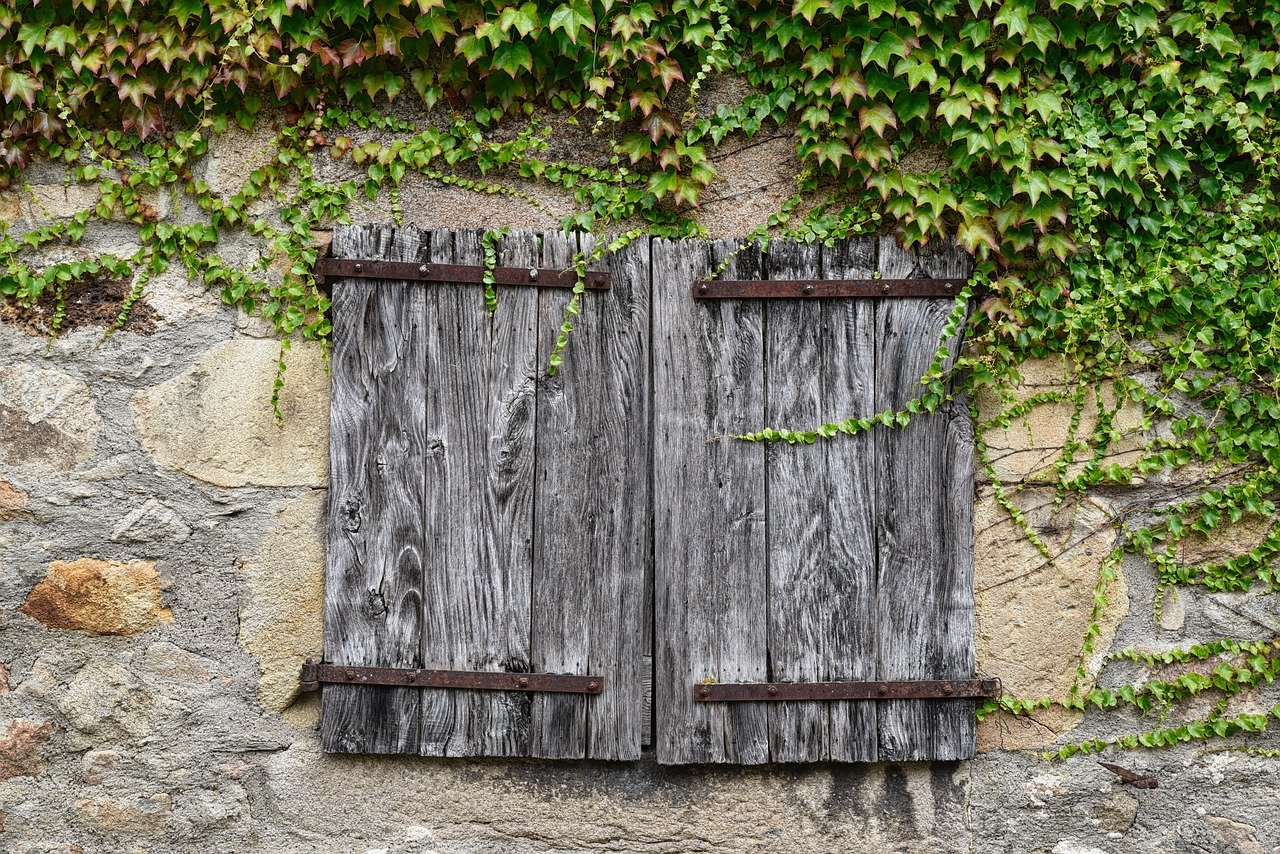
Nature-Inspired Designs
When it comes to decorating your home, few things evoke a sense of peace and tranquility quite like . Imagine walking into a room adorned with beautiful stenciled leaves, delicate flowers, or serene animal motifs. These elements can transform your space into a calming oasis that reminds you of the great outdoors. The beauty of nature is all around us, and incorporating it into your home decor can create a warm and inviting atmosphere.
One of the best things about nature-inspired stencils is their versatility. Whether you prefer the soft elegance of floral patterns or the bold statements made by large leaves, there’s a stencil design that can fit perfectly into your home. For instance, consider using stencils of ferns or branches to create a stunning backdrop in your living room. These designs can be subtle enough to blend seamlessly with your existing decor or bold enough to stand out as a focal point.
In terms of color, the options are endless! You might choose earthy tones like greens and browns for a natural look, or you could go for vibrant colors that mimic the beauty of a wildflower garden. Layering different shades can add depth and interest to your wall art, making it feel more dynamic and alive. Just imagine a wall where the sun filters through painted leaves, casting playful shadows across the room!
To get started with your nature-inspired stencil project, here are a few tips:
- Choose your theme: Decide whether you want to focus on flora, fauna, or a combination of both.
- Plan your layout: Before you start stenciling, sketch out your design on paper to visualize how it will look on your wall.
- Experiment with placement: Don’t hesitate to try different placements and arrangements of your stencils to find the perfect composition.
For those looking to add a little more flair, consider combining nature-inspired stencils with other design elements. For example, you could incorporate textured backgrounds or even metallic paints to highlight your stenciled designs. This approach can create a stunning contrast that draws the eye and makes your artwork pop.
As you embark on your stenciling journey, remember that the goal is to reflect your personal style while celebrating the beauty of nature. Whether you’re creating a serene sanctuary in your bedroom or a vibrant focal point in your living room, nature-inspired designs can breathe new life into your home decor.
Q1: What materials do I need for nature-inspired stenciling?
A1: You will need stencils, paint (acrylic or spray), a brush or roller, painter's tape, and a sponge for blending colors.
Q2: Can I use nature-inspired stencils outdoors?
A2: Yes! Just ensure you use weather-resistant paints and sealants to protect your artwork from the elements.
Q3: How do I clean my stencils after use?
A3: Clean your stencils immediately after use with warm soapy water to prevent paint from drying and ruining the design.
Q4: What if I make a mistake while stenciling?
A4: Don't worry! You can easily touch up any mistakes with a small brush and the original wall color.
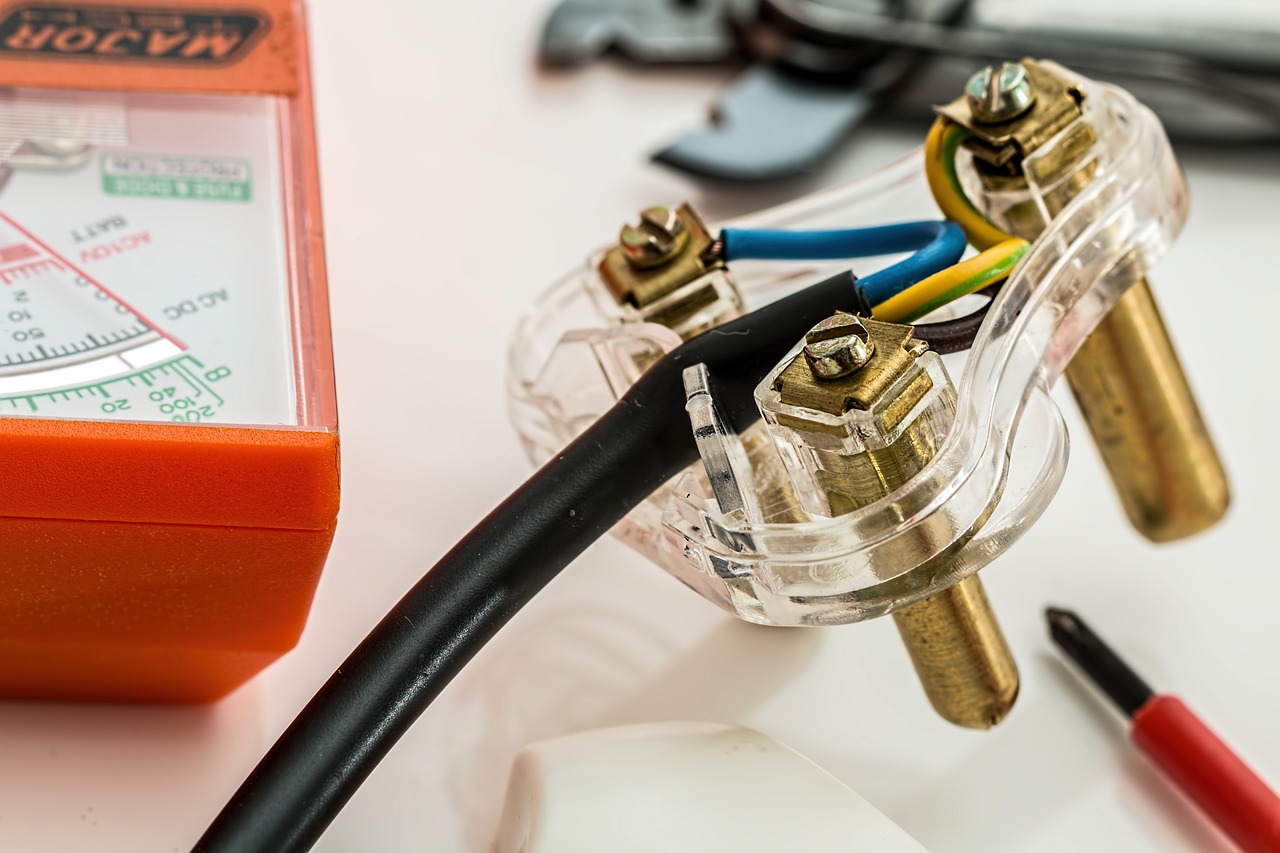
Geometric Patterns
When it comes to adding a modern flair to your home, are like the cherry on top of a delicious sundae. They can transform a bland wall into a vibrant canvas that captures attention and sparks conversation. But how do you effectively incorporate these striking designs into your stenciled wall art? Well, let’s dive in!
First off, the beauty of geometric patterns lies in their versatility. Whether you prefer sharp lines, soft curves, or a mix of both, there’s a geometric stencil that can fit your style. Imagine a wall adorned with a series of interlocking triangles or a mesmerizing spiral design—both can serve as stunning focal points in any room. The key is to choose patterns that resonate with the overall theme of your decor. For example, a minimalist approach might call for simple, monochromatic shapes, while a more eclectic space could benefit from bold colors and complex designs.
To get started, consider the following tips:
- Scale Matters: Think about the size of your wall and the scale of your stencil. Larger patterns can make a dramatic statement on expansive walls, while smaller designs work well in tighter spaces.
- Color Coordination: Choose colors that complement your existing decor. A monochromatic scheme can create a sophisticated look, whereas a playful mix of colors can add energy to the room.
- Placement: Don’t be afraid to experiment with placement. Stencils can be applied in a random pattern, or you can create a structured grid for a more polished look.
One popular trend is to create a feature wall with geometric patterns. This could be a single wall in a bold color, adorned with a large-scale stencil design. Imagine walking into a living room where one wall is a canvas of overlapping circles in various shades of blue and green. It instantly draws the eye and creates a sense of depth and intrigue.
Additionally, layering geometric patterns can add an extra dimension to your artwork. For instance, you might start with a base layer of triangles in one color, then overlay a contrasting pattern of circles. This technique not only adds visual interest but also allows you to play with the idea of transparency and color blending.
As you embark on your stenciling journey, don’t forget about the tools you’ll need to achieve those crisp lines and clean edges. A good quality stencil brush or roller will make all the difference in the world. And remember, practice makes perfect! Before you go all in on your wall, try out your chosen patterns on a piece of cardboard or a small section of the wall to ensure you love the look.
In conclusion, geometric patterns can elevate your stenciled wall art from ordinary to extraordinary. They offer endless possibilities for creativity and expression, allowing you to personalize your space in a way that reflects your unique style. So grab your stencils, pick your colors, and let your imagination run wild!
Q: What materials do I need for stenciling geometric patterns?
A: You'll need stencils, paint (acrylic or spray), a stencil brush or roller, painter's tape, and a drop cloth to protect your floors.
Q: Can I use geometric patterns in small spaces?
A: Absolutely! Smaller geometric stencils can add character to tight spaces without overwhelming the area.
Q: How do I ensure clean lines when stenciling?
A: Use a stencil brush to apply paint lightly, and avoid overloading it with paint. A steady hand and patience are key!
Q: Are there specific colors that work best for geometric patterns?
A: It depends on your personal style! Neutral colors can create a subtle look, while bold colors can make a statement. Choose what feels right for your space.
Frequently Asked Questions
- What materials do I need for DIY stenciled wall art?
To create stunning stenciled wall art, you'll need a few essential materials. Start with stencils, which can be made from plastic, cardboard, or even metal. You'll also need paint—acrylic or spray paint works best—along with brushes or rollers, painter's tape, a palette, and a drop cloth to protect your surfaces. Don't forget about a level or measuring tape to ensure your design is perfectly aligned!
- How do I choose the right stencil for my decor?
Selecting the right stencil can truly transform your space! Think about your overall decor theme—do you prefer something modern, rustic, or whimsical? Consider the size of the stencil in relation to your wall space. Larger stencils can make a bold statement, while smaller ones can create a delicate pattern. Also, explore different materials; for example, flexible plastic stencils can bend to fit curved surfaces, giving you more creative options.
- Can I use eco-friendly paints for stenciling?
Absolutely! Eco-friendly paints are a fantastic choice for those looking to minimize their environmental impact. Look for paints that are low in volatile organic compounds (VOCs) and made from natural ingredients. These paints are not only safer for your home but also come in a variety of colors and finishes, allowing you to achieve the same vibrant look as traditional paints without the harmful chemicals.
- What techniques should I use for applying paint through stencils?
When it comes to applying paint through stencils, you have a couple of options. Using a brush allows for more control and precision, especially for detailed designs. On the other hand, rollers can cover larger areas quickly and evenly. Whichever method you choose, remember to dab or lightly brush the paint to avoid bleeding under the stencil. Layering colors can also add depth and richness to your artwork, so don’t hesitate to experiment!
- What are some design ideas for stenciled wall art?
The possibilities are endless! For a calming atmosphere, consider nature-inspired designs featuring leaves, flowers, or animals. If you're leaning towards a modern vibe, geometric patterns with bold shapes can make a striking impact. You could even mix and match styles to create a unique focal point in your room. The key is to let your personality shine through your designs!



















